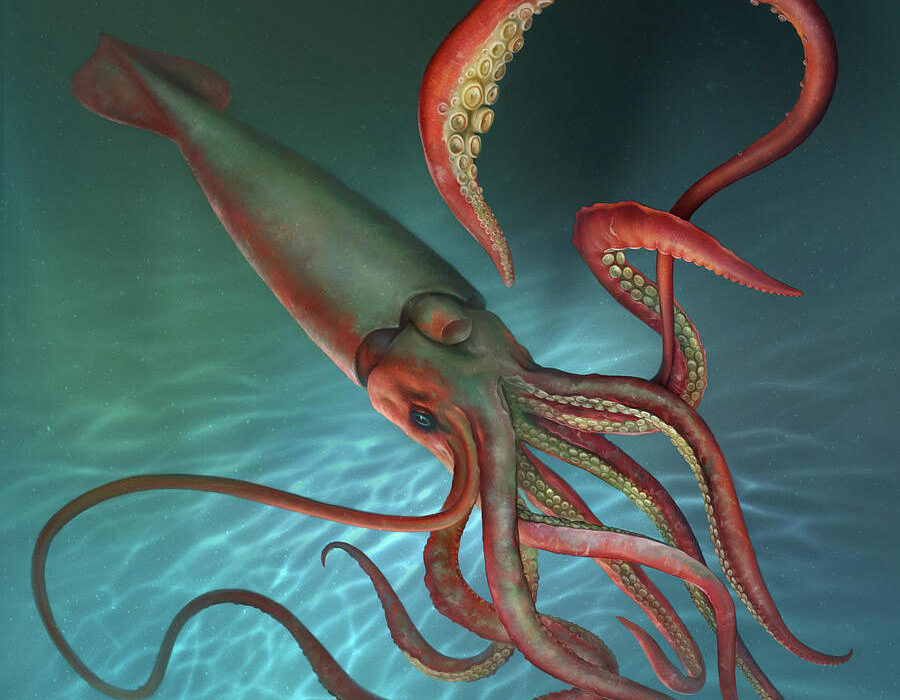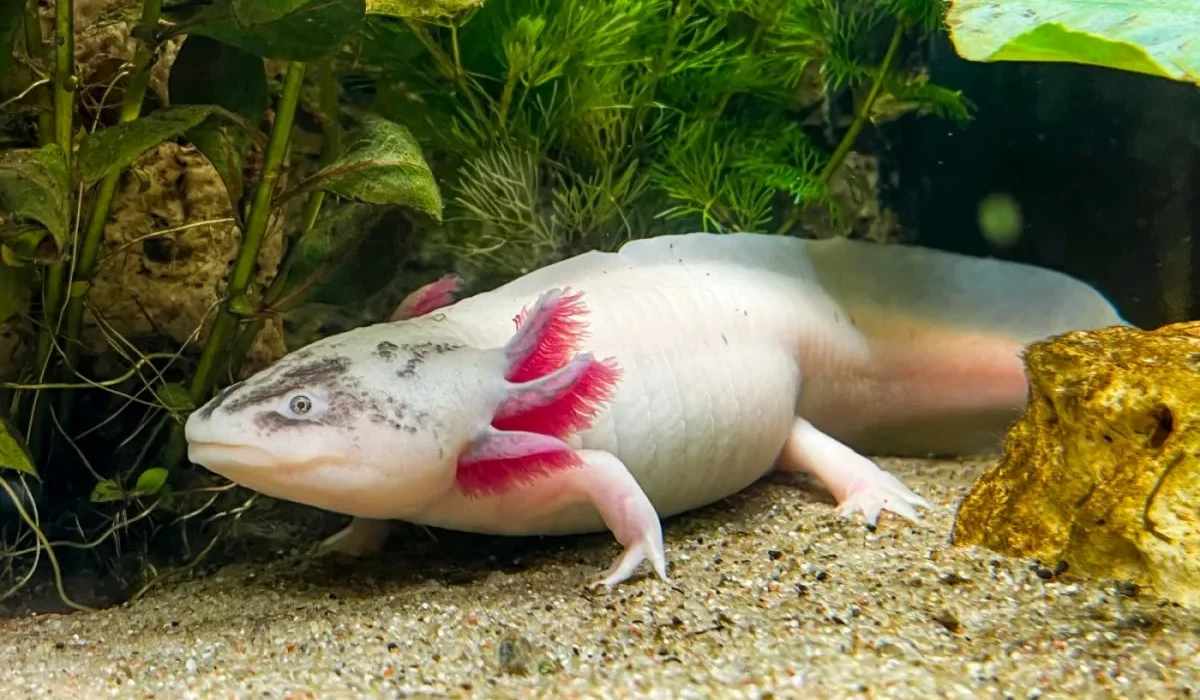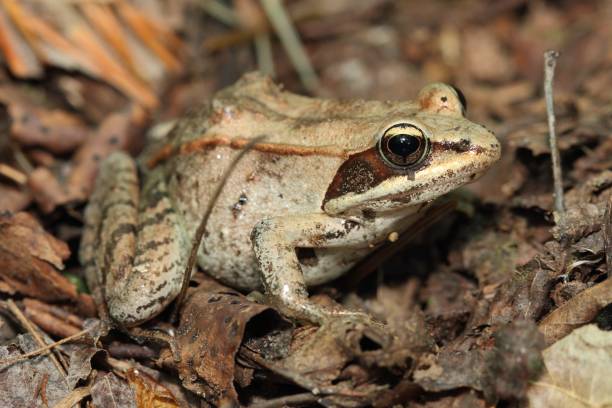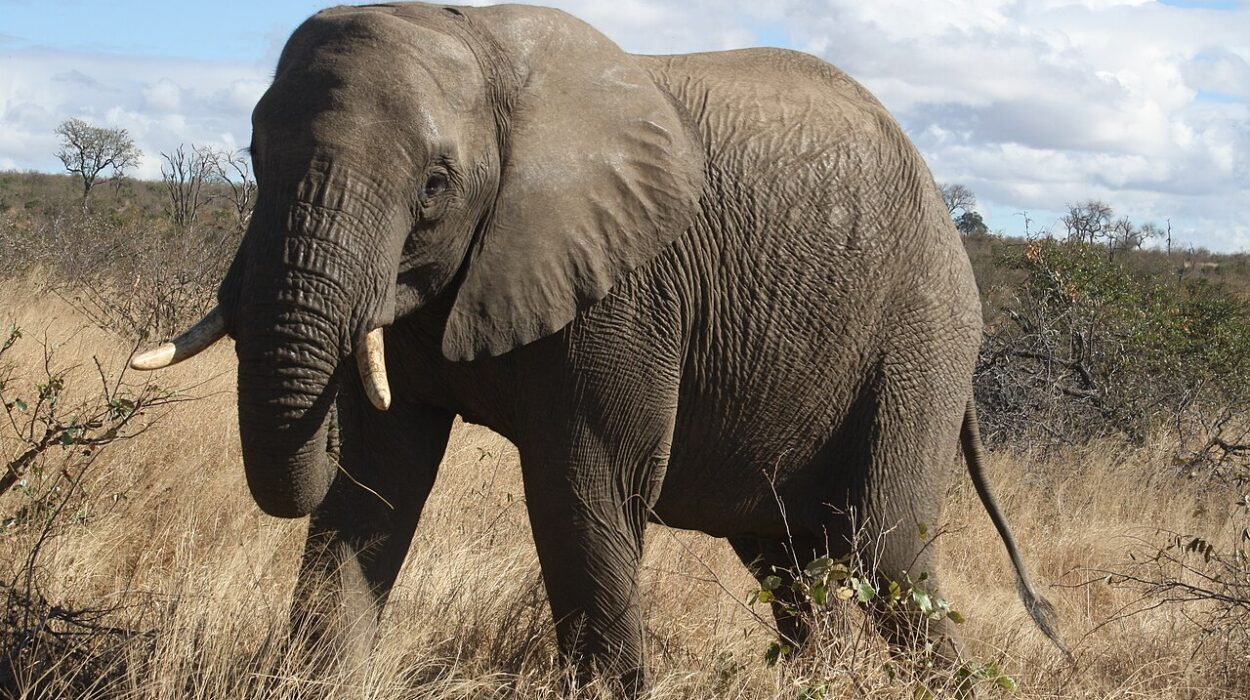The ocean is not just a body of water; it is the cradle of life, a vast, blue expanse filled with intelligence, mystery, and beauty. Beneath its shimmering surface live beings that have evolved in ways that challenge our understanding of biology, physics, and even consciousness. Among these, marine mammals stand apart. They are warm-blooded creatures, descendants of land-dwellers who returned to the sea millions of years ago. Their adaptations — to breathe air, dive to crushing depths, and communicate across miles — are among the greatest marvels of evolution.
For scientists, marine mammals are not only fascinating subjects of study; they are teachers. Each one reveals a different truth about life, resilience, and the interconnectedness of all things. They have inspired advances in medicine, robotics, sonar, artificial intelligence, and even climate research. Their grace humbles us, their intelligence stirs us, and their mystery continues to call us deeper into the unknown.
Let’s dive into the world of ten marine mammals that have changed how we see science, nature, and ourselves.
1. The Bottlenose Dolphin – The Genius of the Sea
When people think of marine intelligence, the bottlenose dolphin often comes first to mind. Sleek, social, and endlessly curious, dolphins are the ocean’s philosophers — playful yet profoundly intelligent. Their brains are large relative to their body size, and their cerebral cortex is highly developed, especially in regions associated with emotion, reasoning, and communication.
Dolphins use a sophisticated system of clicks and whistles known as echolocation to navigate, hunt, and identify objects underwater. What astonishes scientists is the precision of this ability. A dolphin can detect a metal ball buried in sand, recognize the shape of a fish inside a sealed container, and even differentiate between materials. This has inspired research in sonar technology, medical imaging, and underwater robotics.
Even more astonishing is their social intelligence. Dolphins call each other by name — specific signature whistles that act like human names. They cooperate in hunting, form lifelong friendships, and even mourn their dead. Studies have shown that they can recognize themselves in mirrors, solve complex problems, and exhibit altruistic behavior, rescuing humans and other animals from danger.
To study dolphins is to glimpse the possibility that intelligence and empathy are not uniquely human traits. In their eyes, scientists find both the reflection of our own minds and a reminder that life’s brilliance takes many forms.
2. The Blue Whale – The Giant Heart of the Planet
The blue whale is the largest creature ever to have lived on Earth — larger even than any dinosaur. Stretching up to 100 feet long and weighing around 200 tons, it is an animal that defies imagination. Yet despite its size, the blue whale moves with elegance, gliding through the ocean like a living planet.
Scientists study the blue whale not only for its grandeur but for what it reveals about biology and the limits of life. Its heart alone weighs as much as a small car, pumping 10,000 liters of blood through a body that can sustain dives of up to 1,000 feet. Its tongue weighs more than an elephant, and its voice — the deepest and loudest sound made by any animal — can travel hundreds of miles through water.
Researchers have discovered that blue whales play a crucial role in maintaining the health of the oceans. Their movements circulate nutrients through the water column, fertilizing plankton that produce much of the world’s oxygen and absorb vast amounts of carbon dioxide. In essence, whales help regulate the planet’s climate.
When scientists tag and track these giants, they learn more about migration, ocean currents, and climate change itself. The blue whale is not only a wonder of evolution — it is a keystone in the intricate system that keeps Earth alive.
3. The Orca (Killer Whale) – The Ocean’s Apex Thinker
The orca, or killer whale, is both predator and philosopher. Despite its ominous name, the orca is not a whale but the largest member of the dolphin family. It is also one of the most intelligent and socially complex animals on the planet.
Orcas live in matrilineal societies, where leadership passes from mother to daughter. Each pod has its own dialect, culture, and hunting techniques passed down through generations — a clear example of animal culture and learning. Some pods specialize in hunting fish, while others pursue seals or even whales, each using distinct strategies and vocalizations.
Their communication system is so intricate that scientists compare it to human language. Some orcas coordinate attacks with military precision, forming circles around prey and using synchronized movements to create waves that knock seals from ice floes.
Orcas have also inspired robotics and artificial intelligence research. Their cooperative hunting behavior has influenced algorithms for swarm robotics — systems where multiple autonomous machines work together, mimicking the collective intelligence of orcas.
Emotionally, they are equally profound. Orcas form lifelong family bonds and display grief when one of their own dies. In studying them, scientists see reflections of human society: love, loyalty, cooperation, and culture — all thriving beneath the waves.
4. The Sperm Whale – The Deep Thinker
If the blue whale rules the open ocean with sheer size, the sperm whale reigns over the abyss. It is the deepest-diving of all marine mammals, plunging over 3,000 feet into the dark depths to hunt giant squid. Its head, which can make up a third of its body length, houses the largest brain of any animal on Earth — nearly six times heavier than a human brain.
Scientists believe that the sperm whale’s unique physiology is a masterpiece of adaptation. The massive organ in its head, filled with a waxy substance called spermaceti, helps control buoyancy and may focus sound waves for echolocation. This powerful sonar allows the whale to “see” in the pitch-black ocean depths, detecting prey from astonishing distances.
Sperm whales communicate using sequences of clicks called “codas,” which may serve as a kind of language or identity marker. Recent studies suggest that different groups have distinct dialects, hinting at a complex culture comparable to that of orcas.
Their diving behavior has inspired researchers studying pressure adaptation. How do their lungs collapse without injury? How does their heart rate slow to a fraction of its normal pace? These questions have led to insights into human medicine, particularly for improving techniques in deep-sea diving and understanding hypoxia tolerance.
When scientists study sperm whales, they are not just observing animals — they are peering into the evolutionary perfection of life that has mastered one of Earth’s most extreme environments.
5. The Sea Otter – The Ocean’s Guardian Engineer
Playful, furry, and irresistibly charming, sea otters are often seen floating on their backs, cracking shells with rocks. But behind that cuteness lies one of the most critical species for marine ecosystems — and a symbol of nature’s interconnected genius.
Sea otters are keystone species, meaning their presence maintains the structure of entire ecosystems. By feeding on sea urchins, they prevent these grazers from destroying kelp forests. These underwater forests, in turn, provide shelter for countless marine creatures and act as vital carbon sinks that help combat climate change.
Scientists study sea otters for their ecological role, but also for their remarkable physiology. They have the densest fur in the animal kingdom, with up to a million hairs per square inch, allowing them to survive in icy waters without a thick layer of blubber. Their tool use — smashing shells with stones, prying open crabs, or using kelp as anchors — provides insight into the evolution of intelligence and dexterity.
By understanding sea otters, researchers learn how small changes in behavior can ripple through entire ecosystems. They remind us that even the most playful creatures can carry the weight of environmental balance on their tiny, nimble shoulders.
6. The Humpback Whale – The Singer of the Seas
Few sounds in nature stir the human spirit like the haunting song of a humpback whale. These complex, melodic sequences can last for hours, traveling thousands of miles through the ocean. Each population sings its own variation, and males change their songs over time — a form of cultural evolution that scientists still struggle to fully comprehend.
Humpbacks communicate across vast distances, perhaps to attract mates or establish dominance. What fascinates researchers is that these songs are structured like human music, with repeating phrases, themes, and even rhythm. Some scientists believe studying whale songs could unlock new understanding of how language and music evolved in humans.
Beyond their musical genius, humpbacks perform astonishing acts of cooperation. They engage in “bubble-net feeding,” where groups of whales swim in spirals, blowing bubbles to corral schools of fish into tight balls. This intricate strategy requires timing, trust, and communication — all hallmarks of advanced cognition.
Humpbacks have also inspired innovations in engineering. The unique scalloped edges on their flippers, called tubercles, reduce drag and increase lift. This discovery led to improvements in turbine and aircraft wing design, showing how evolution’s artistry can inspire human invention.
In their songs and movements, humpback whales remind scientists that intelligence takes many forms — and that beauty itself can be a tool of survival.
7. The Manatee – The Gentle Guardian of the Warm Waters
Manatees, often called sea cows, are among the ocean’s gentlest giants. Gliding slowly through warm, shallow waters, they feed peacefully on seagrass, shaping the ecosystems they inhabit. Their calm demeanor and expressive faces have made them beloved symbols of ocean conservation.
Scientifically, manatees offer insights into evolutionary adaptation and resilience. As herbivorous mammals that evolved from land-dwelling ancestors, they have lungs that stretch the entire length of their bodies, helping them control buoyancy with precision. Their slow metabolism and low body temperature also reveal fascinating adaptations to aquatic life.
What truly captivates scientists is their ecological importance. By grazing on seagrass, manatees prevent overgrowth and promote nutrient cycling, which supports biodiversity and carbon storage. Their behavior helps maintain the health of coastal ecosystems that protect shorelines and sustain fisheries.
Manatees have also contributed to biomedical research. Their slow metabolic rate and oxygen efficiency are studied to better understand hypoxia and organ protection in humans.
These serene creatures teach us that strength can be found in gentleness, and that the quiet presence of a single species can sustain the balance of an entire ecosystem.
8. The Narwhal – The Unicorn of the Arctic
With its spiral tusk piercing the icy waters of the Arctic, the narwhal seems born of myth. Yet this “unicorn of the sea” is very real, and its biology has captivated scientists for decades.
The narwhal’s tusk — actually an elongated tooth — can grow up to ten feet long and contains millions of nerve endings. Once thought to be a weapon, it is now understood to be a sensory organ capable of detecting changes in water temperature, pressure, and salinity. This ability helps narwhals navigate the Arctic’s shifting ice and locate prey in darkness.
Researchers use narwhals as living indicators of climate change. Their migratory patterns and health reflect the rapidly transforming Arctic ecosystem. Tagging studies reveal that narwhals dive over a mile deep, surviving in frigid waters where few other mammals can endure.
Their blood and muscle tissues are uniquely adapted to store oxygen efficiently, offering insights into how mammals can survive extreme hypoxia — knowledge with potential medical applications.
For scientists, the narwhal is not just an oddity of evolution; it is a testament to the power of adaptation in the harshest environments, and a living link between legend and biology.
9. The Harbor Seal – The Master of Adaptability
The harbor seal is one of the most widespread marine mammals on Earth, found in both Arctic and temperate waters. Though not as showy as whales or dolphins, these seals are extraordinary survivors, adapting to environments ranging from icy fjords to bustling harbors.
Scientists study harbor seals for their physiology and adaptability. Their diving reflex — slowing the heart rate and rerouting blood flow to essential organs — has informed human research on hypothermia, apnea, and medical preservation techniques.
Their whiskers are marvels of natural engineering, capable of detecting the slightest vibration in water. This ability allows seals to track the wake of a fish long after it has passed. Engineers have studied these whiskers to design underwater sensors and robotic systems for tracking and navigation.
Harbor seals also serve as sentinels for ocean health. Because they feed on a wide variety of fish and invertebrates, their populations and health reflect the state of marine ecosystems. By studying them, scientists gain a clearer picture of pollution, prey availability, and the effects of climate change on the marine food web.
Graceful and resilient, harbor seals embody the quiet strength that defines survival in a changing world.
10. The Beluga Whale – The White Angel of the Arctic
Known as the “canary of the sea,” the beluga whale is one of the most vocal animals on Earth. Its repertoire includes whistles, chirps, clicks, and even squeals that sound remarkably like human laughter. Scientists have long been fascinated by belugas for their intelligence, sociability, and emotional depth.
Belugas live in tight-knit pods, communicating constantly. Their vocal versatility has inspired studies in linguistics and bioacoustics, offering clues to how complex communication systems evolve.
Adapted to life under ice, belugas have flexible necks that allow them to turn their heads in all directions — a rare trait among whales. Their thick layer of blubber insulates them from freezing temperatures, and their ability to navigate under shifting ice sheets showcases extraordinary spatial awareness.
In captivity and the wild, belugas exhibit empathy, curiosity, and playfulness. They interact with humans in remarkably expressive ways, often appearing to seek out contact and communication.
Belugas have also become important for climate science. Their migratory patterns, monitored through satellite tagging, provide data on sea-ice loss and ocean temperature changes in the Arctic. Through them, scientists witness the transformation of one of Earth’s most fragile frontiers.
The Lessons Beneath the Waves
Marine mammals are not just subjects of fascination — they are living testaments to nature’s ingenuity. They inspire medicine through their biology, engineering through their design, and philosophy through their intelligence and emotion. Each one — from the deep-diving sperm whale to the song-filled humpback — tells a story of survival, adaptation, and connection.
In the rippling reflections of these ocean dwellers, scientists glimpse the future of discovery. They remind us that the answers to our greatest challenges may already exist in the natural world — if only we listen.
Their voices echo in the depths, calling us to understand, to protect, and to marvel. For in studying them, we not only uncover the secrets of the sea — we rediscover the boundless potential of life itself.






